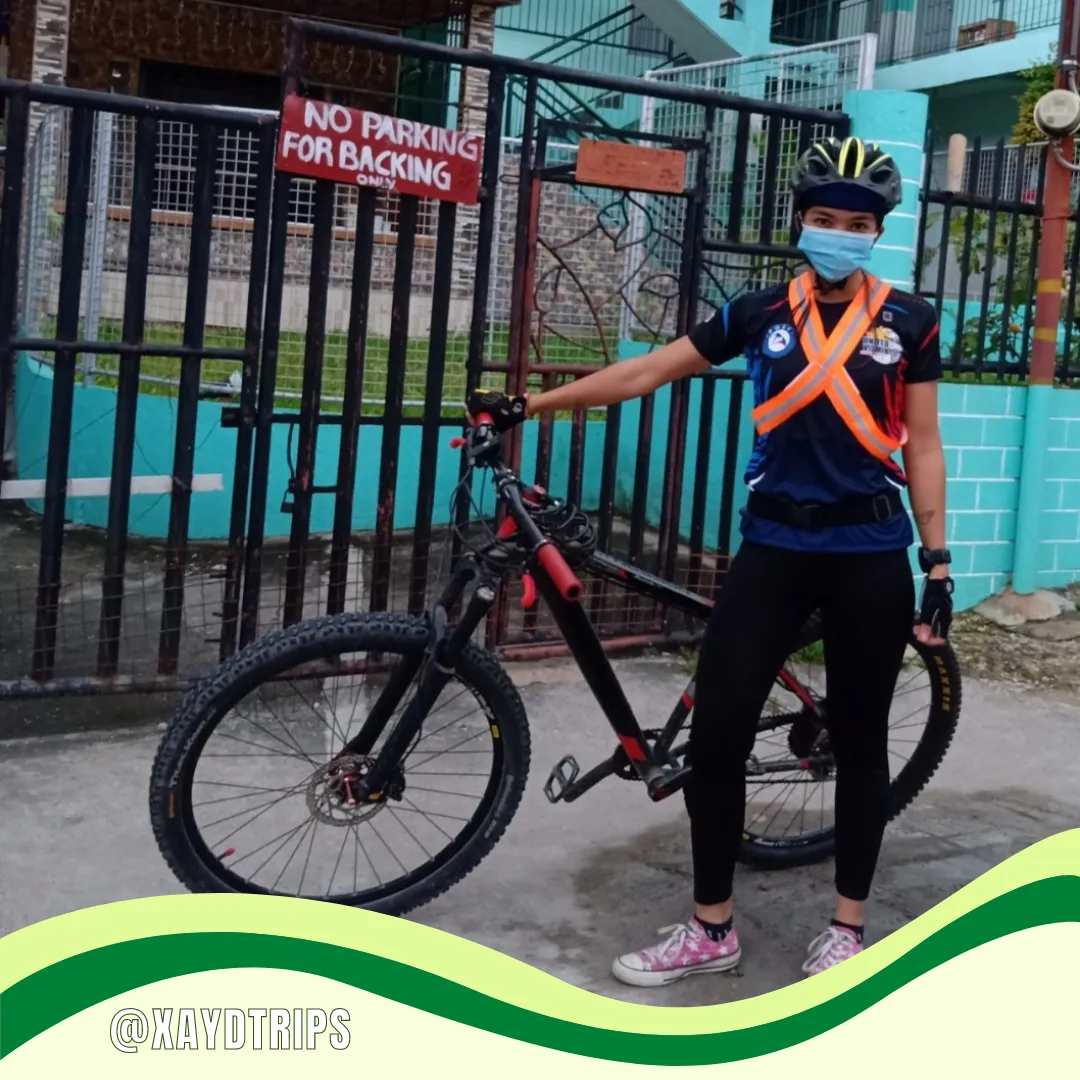The Philippines isn't really something one could call a bike-friendly country. Before the pandemic, bike lanes were non-existent on our roads. There are no laws highlighting cyclist safety. Plus, the driving public never had the chance to be accustomed to having a significant number of cyclists occupying roadways.

|
And then came the pandemic. We were forcibly brought to a lockdown for a month. The four-week movement restriction brought with it economic instability and the need to reopen businesses and trade. The first ones to resume were the manufacturing industries within the three economic and industrial zones in our city. Along with it, skeletal workforces started to ease back into factories and offices. Because public transport were still far from resumption, many of these daily-paid workers, including me, opted to commute to work via bicycle.

|
I first learned to ride a bike in 2014. I was already 23 years old then but never had the chance to learn this skill as a kid. I first rode a folding bike and used it to commute to my engineering job. Not long after, I tried a mountain bike and loved it. I named my first mountain bike Amidala, since she wore different colors of frame, handle bar, suspension - flamboyant like her namesake. I used Amidala for my daily bike-commutes. I went everywhere with her: to work, to the market, or to just simply tour around new places. In 2017, Amidala was stolen and I never had the chance to go back to cycling again.
I bought my second mountain bike in May of 2020, just a week after the first lockdown. I needed to work and I figured it would be safer for me to ride a bike than to take the bus. The roads were free from jeepneys and private cars because movement was still limited. Most people started working from home, and it was mostly us, factory workers that needed to be physically present for work. My second mountain bike was named Master Yoda. He was accented in green just like the Jedi master.

|
From being a bike commuter, I quickly enjoyed leisure biking: going off long distance, the longest being 220 kilometers in one day, and taking on cross-country routes climbing to up to 2000 meters in one ride. It was then that I realized I could use a more advanced bike.
I bought Anakin Skywalker in February this year. He is a blue-themed mountain bike with upgraded parts, quite sufficient to take on tough terrain. I still bike commute with Anakin but I am now more focused in exploring more trails and developing handling skills with him.

|
My bike commuting time has greatly diminished as the pandemic progresses. People have become more and more complacent. There are more cars on the road now. I don't find comfort in that so I opted to ride my bike less on busy roads.
Not all people have options like I do. Many employees still only have bike commuting as their option in getting to work. Now more than ever, road users have become more aware of the presence of this non-motorized form of transport and we are all called to adapt to this. Many governments have allocated parts of busy roads into marked or protected bike lanes. Establishments have begun putting bike parking areas and bike repair stations. Resources are gradually made available but the biggest factor in making our cities bike-friendly lies in people's willingness to adapt. Car drivers have to be more vigilant to these slower, free-powered commuters and cyclists themselves also have to be responsible road users too.

|
Last year, my friend and I did a project called Tindak Kahayag, Visayan words which literally translate to pedalling and light. Tindak Kahayag is a bike-commuter visibility project which aimed to distribute reflectorized bike vest to cyclist.

|
Through the help of our friends in a pass-the-hat fund raising via social media, we did four batches of reflectorized vest distribution targeting those who bike commute at night either because their shift has ended or is just about to begin. In total, we were able to distribute close to 500 vests in the busy roads of Lapu-lapu and Mandaue City.

|
The dream of converting the busy streets of the Philippines into a bike-friendly community still has a long way to go. The need for alternative transport during this pandemic has already kicked off that dream. People are slowly becoming aware and biking has also become quite an attractive option to many. Infrastructure adaptation is a great contributor to this dream but what will truly matter in the end is the self-discipline of road users.

|
Our call carries on. Share the road.